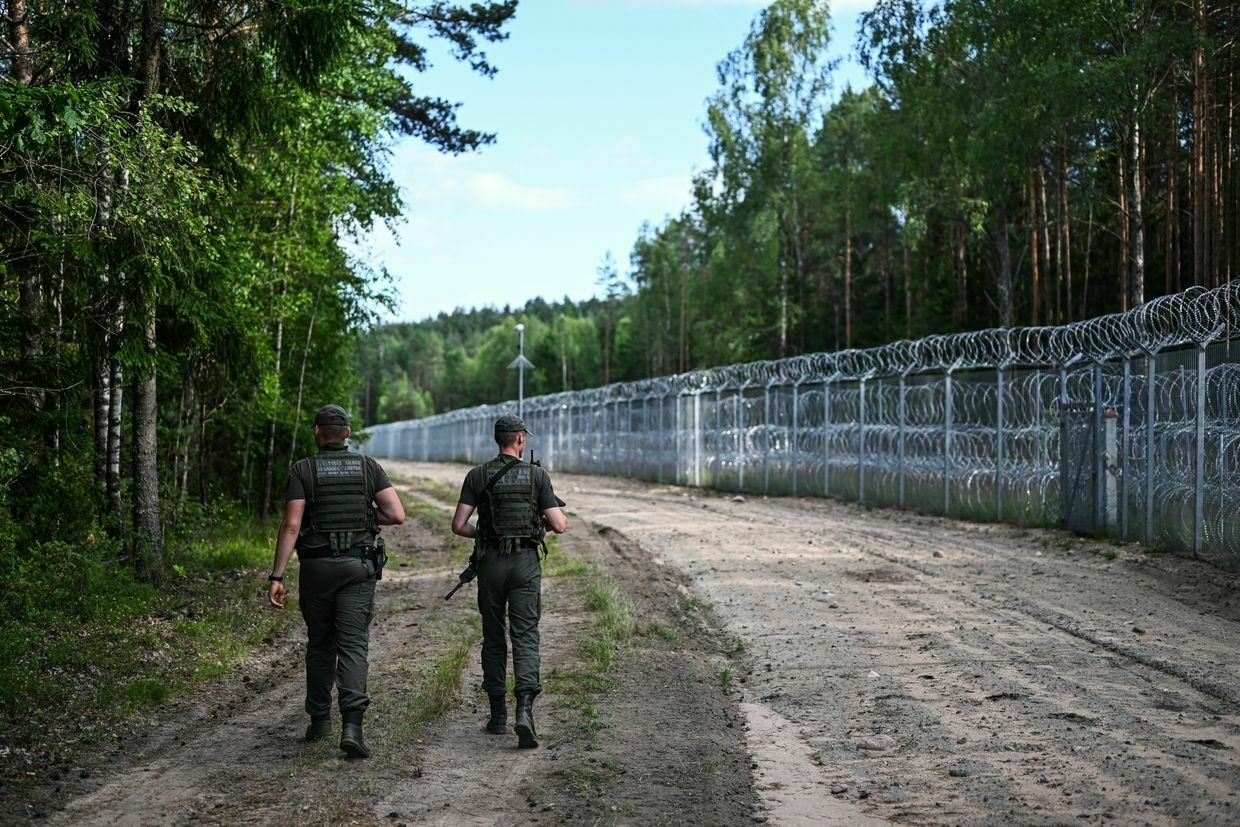
Lithuania will upgrade and fortify a second route through the Suwałki Gap, a strategically critical stretch of land along the Polish border viewed as one of the most likely targets for a future Russian attack on NATO or the European Union, Politico reported on April 18.
“These roads [are] critical to us from a security and defense perspective,” Lithuanian Deputy Defense Minister Tomas Godliauskas told Politico.
“They’ve always been part of our civil-military planning as key ground routes for allied support during a crisis.” The Suwałki Gap is a 100-kilometer-wide corridor connecting Poland and Lithuania, bordered by Belarus and Russia’s Kaliningrad exclave, and serves as NATO’s main land link to the Baltic states.
In coordination with Poland, Lithuania will upgrade the Vilnius–Augustow route to dual-use standards, complementing the existing Via Baltica corridor from Kaunas to Warsaw. Via Baltica, alongside the Rail Baltica high-speed rail project, currently serves as a main channel for military mobility. “It’s just one more option to ensure better logistics in times of need,” Godliauskas said.
Deputy Transport Minister Roderikas Ziobakas says the planned upgrades include reconstructing 113 kilometers of road and renovating eight bridges. The project is expected to be completed by 2028.
Godliauskas, however, cautioned that multinational projects can face delays: “But we hope that the geopolitical situation, our interest, and Poland’s capabilities will allow us to reach that timeline."
Godliauskas added that discussions are also underway regarding new border protections, including counter-mobility systems and cement barriers near Belarus and Kaliningrad, as well as measures to combat Russian GPS spoofing and jamming.
Lithuania seeks EU funding for the project and plans to lobby Brussels alongside Poland, Estonia, and Latvia. Although aligned with NATO and EU mobility goals, the initiative is currently being funded bilaterally by the Polish and Lithuanian transport and defense ministries.
 The Kyiv IndependentKollen Post
The Kyiv IndependentKollen Post
